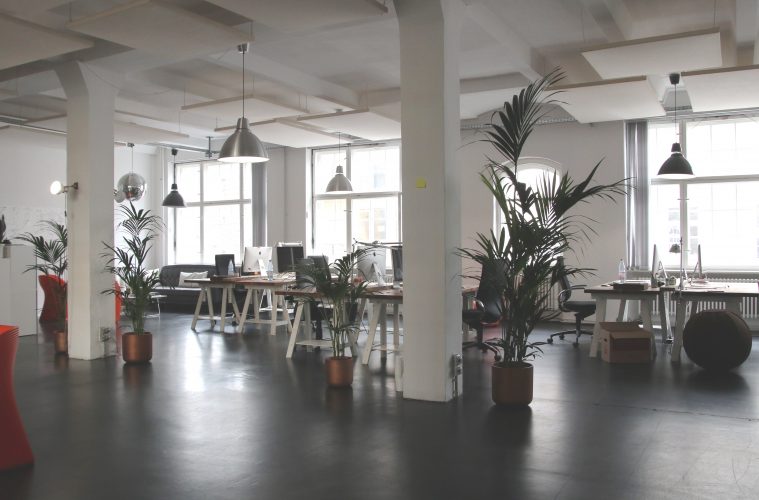Workplace culture is an imperative part of any business strategy, as both can strengthen and undermine your mission statement. A positive culture can significantly boost business, as it can attract apt candidates for job openings; meanwhile, a clearly defined and well-communicated culture will attract talent that is the perfect fit. Moreover, it can boost the engagement of existing employees and increase retention levels due to happiness and job satisfaction becoming heightened. In turn, this can lead to improved performance.
Benefits of working in London
London is one of the busiest capital cities in the world – this means that there are unlimited job opportunities, and the importance of workplace culture in the capital is high. The pros of working in London are endless; for example, it’s an excellent environment in which to develop your career or start a new one in one of the City’s serviced offices.
There is also lots of housing, alongside brilliant transport links such as the Tube, Overground and buses if you wish to commute. Furthermore, there are lots of international travel connections for jobs involving travel. The city is also extremely photogenic, and there are endless food options and free healthcare with the NHS, all of which can aid a good workplace culture.
What impacts culture in the workplace
Numerous things impact the culture in the workplace, with management and leadership often at the forefront. Poor leadership can lead to disgruntled employees and so negatively affect performance, impacting the overall running of the company.
Similarly, employees and colleagues can influence workplace culture due to good team morale, which can improve the running of a business. Other elements of the workplace capable of affecting culture there include the mission statement of that business, communication, policies and the office environment. Thankfully, there are several ways to design your office to enhance workplace culture.
Office design and workplace culture
It is relatively easy to boost employee engagement by maximising the potential of workplace design. It simply involves designing something that can be seen as a resilient workplace. Comfort is key here – the majority of the workforce spend over 40 hours a week at their desk, so comfort needs to be held in high regard if you want to prioritise their well-being.
There are multiple factors to consider when it comes to the layout of an office, and design experts such as Maris can help. An open-plan layout with added breakaway spaces offers privacy while simultaneously contributing to transparency and productivity.
The majority of workplaces are now incredibly fast-paced, so flexibility is pivotal – office space should be easily adaptable for the current task at hand. Efficiency should forever be at the forefront of any plan to maintain maximum productivity.
Other factors potentially affecting productivity as well as wellness can extend to multiple fixtures, including lighting. Poor lighting is rather common in many offices, with bright and fluorescent bulbs causing headaches and increasing stress and anxiety among employees. Softer lighting with yellow and orange hues should be considered as an alternative, with natural light incorporated wherever possible.

